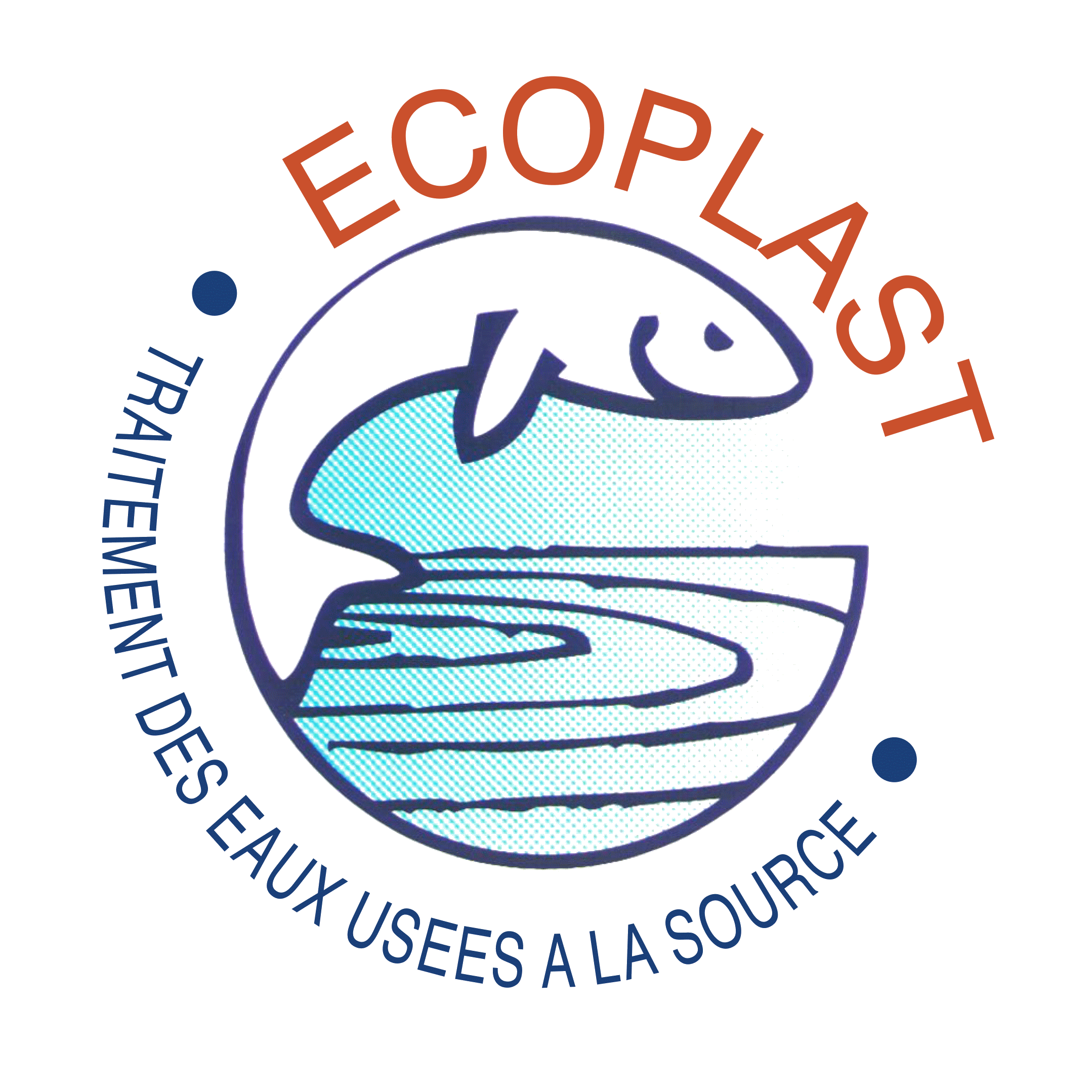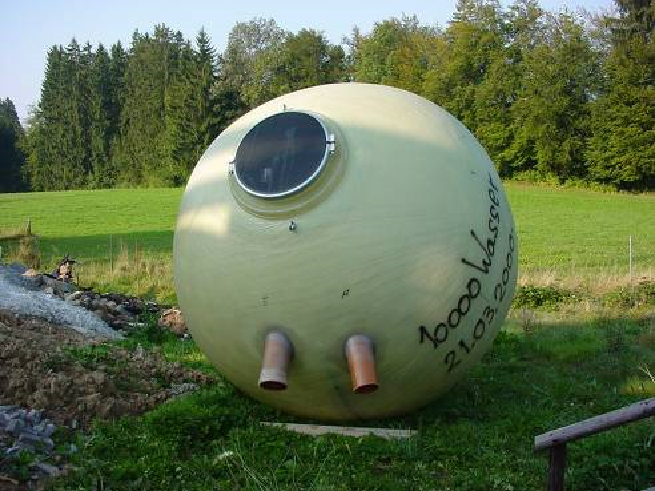

For the pre-treatment of domestic wastewater.
Ecoplast digestion tanks are intended to treat domestic wastewater, for instance when purifying water from farms, isolated dwellings, cottages, campsites, etc.
The Ecoplast digestion tanks will be installed before discharge into the natural environment or upstream of a filter trench.
Ecoplast digestion tanks are made of fibreglass-reinforced polyester. They are subdivided into 3 compartments. The sizing is in accordance with the standards of the Swiss Association of Water Treatment Professionals (ASPEE).
Advantages
Ecoplast settling tanks offer the following advantages:
- A guaranteed watertight structure, especially in the vicinity of the water table.
- Easy handling and placement very little to no lifting equipment.
- Totally guaranteed against corrosion.
- High resistance to sewage and gas attacks
- Produced according to ASPEE standards
- Easy maintenance due to the low roughness of the walls.
Technical data
The wastewater passes through the 3 compartments (50% - 25% - 25%) of the digestion tank across several days, which ensures a removal of about 50% of the organic substances.
It is possible to install a bacterial bed in the second compartment, which increases the purification capacity to about 70%.
For an optimal system operation, it is necessary to remove the sludge every one to two years, while leaving between 30 and 50% of it as seeding sludge.
|
Model
(1p.e.) |
Diameter
(mm) |
Weight
(kg) |
Outlet total capacity
(lt) |
|
5
|
2'680
|
420
|
9'600
|
|
6
|
2'840
|
490
|
11'600
|
|
8
|
2x 2'500
|
270 + 325
|
15'200
|
|
10
|
2x 2'680
|
320 + 385
|
19'200
|
|
12
|
2x 2'840
|
390 + 465
|
23'200
|
1 (p.e. = population equivalent)

Fosses 5 and 6 p.e.

Fosses > 6 p.e.
Implementation tips
- Place the tank on a bed of sand and fill it with water.
- Backfill with sand or 0-16 mix.
- In the case of a zone used by vehicles, a concrete slab should be placed around the manhole.
- Installation of a closing lid (Von Roll or similar) or made of plastic.






